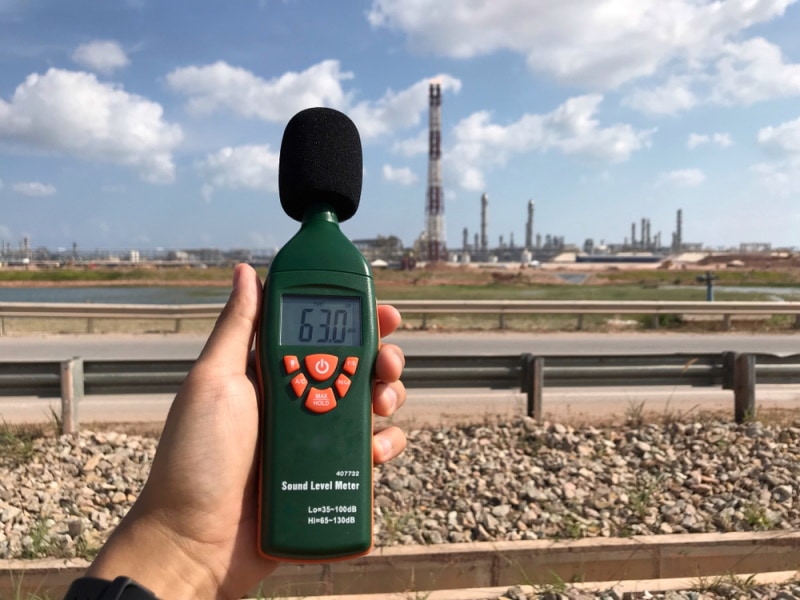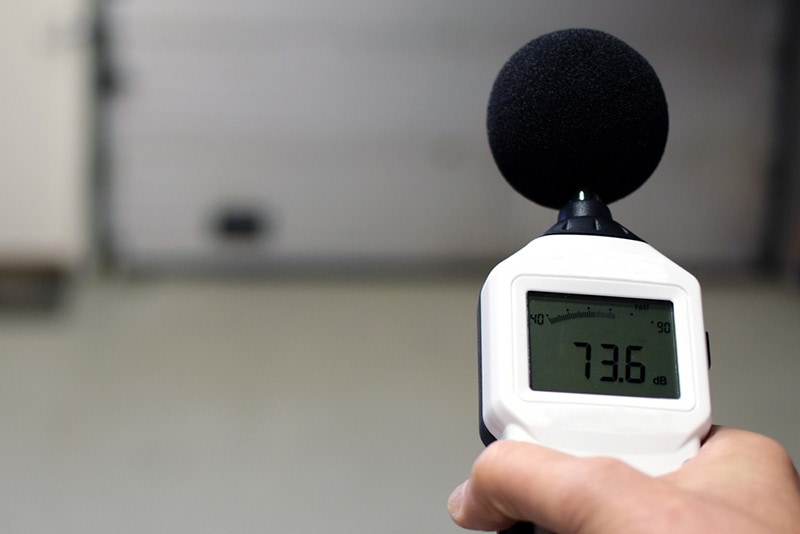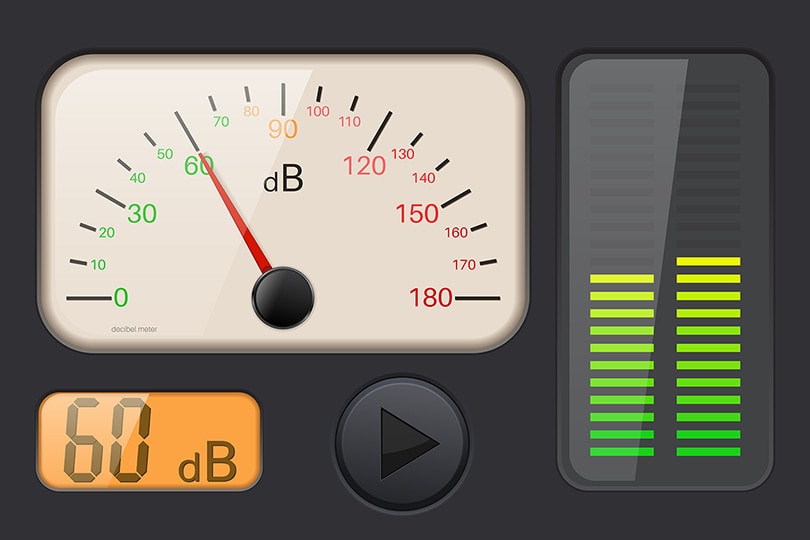How Loud Is 150 Decibels (dB)? (With Noise Comparison Chart)
-
Chris Dinesen Rogers
- Last updated:

Decibels (dB) describe the intensity of sound waves. You may see it expressed as dB(A), dB(B), or dB(C) to capture how humans perceive it based on the physics of the curves. Capturing this data is essential for designing acoustic equipment or assessing the risk of exposure at various levels.
The higher the dB level, the shorter the recommended exposure. NIOSH recommends the weighted measure of acceptable occupational noise exposure at 85 dB for 8 hours or the equivalent of the sound of a noisy restaurant.
On the other hand, 150 dB is literally off the chart. It can cause severe ear injury in mere seconds as a sound comparable to a jet engine taking off next to you.
The Noise Around You
Sound is an interesting thing. Some people are uncomfortable in its absence, while others relish a quiet setting. It’s a useful sense from an evolutionary perspective. It can alert you to danger, which can increase your chances of evading it and surviving.
Many think that loudness is the issue with potential ear injuries. However, it’s also the intensity. Damage can occur with a one-time exposure, but it can also happen over time. You can listen to some without any risks. Others, like vacuum cleaners, may simply annoy you or disrupt your concentration. However, it’s like any part of your body you use—wear and deterioration occur over time.

Music and Sound
We’d be remiss not to address the elephant in the room: personal stereo systems. They can expose users to unsafe noise levels that put them at risk for hearing loss and damage. According to the Center for Hearing and Communication, performing musicians have a heightened chance of these injuries no matter what the genre. Even high school band members had a 26% higher risk of hearing loss.
Many smartphones and tablets will limit dB levels or at least display a warning about sound approaching unsafe volumes. It behooves users not to skirt around these settings with apps that can circumvent them, even if they’re listening to music in settings with loud ambient noise.
The fact remains many people may be unaware of how loud their worlds are. That makes awareness vital for safeguarding your hearing as you age. The NIOSH Sound Level Meter (SLM) app is a free tool for iOS devices that can give you a better idea of how noisy conditions may or may not be. You can use this information to make adjustments to your exposure and duration.

| Decibels (dB) | Safe? | Sound Equivalent |
| 0 | Yes | Softest sound audible to a human |
| 10 | Yes | Whispering, breathing |
| 20 | Yes | Outdoors with no wind, ticking watch |
| 40 | Yes | Refrigerator, night in a suburban town, average room noise |
| 50–60 | Yes | Rain, electric toothbrush, normal conservation, background music |
| 55–70 | Yes | Highway traffic, dishwasher, air conditioner |
| 60–85 | Borderline | Office setting, vacuum cleaner, hair dryer |
| 80–90 | Risky | Power tools, food processor, lawnmower |
| 95–110 | Risky | Leaf blower, motorcycle, dog barking, baby crying |
| 110–120 | Risky | Music concert, personal stereo system |
Final Thoughts
Sounds can fill our lives with joy and happiness, whether we’re listening to our favorite music or sharing laughter and conversation with friends. However, it’s essential to remember that sound intensity has a limit to what is safe. Turning the dial past 150 dB approaches the danger zone of permanent ear injury or hearing loss. We suggest kicking it down a notch to avoid the risk of unintended consequences.
- https://www.cdc.gov/niosh/docs/98-126/pdfs/98-126.pdf?id=10.26616/NIOSHPUB98126
- https://www.merckvetmanual.com/dog-owners/description-and-physical-characteristics-of-dogs/description-and-physical-characteristics-of-dogs#v3199632
- https://ehs.yale.edu/sites/default/files/files/decibel-level-chart.pdf
- https://noiseawareness.org/info-center/common-noise-levels/
Featured Image Credit: Azja, Shutterstock
